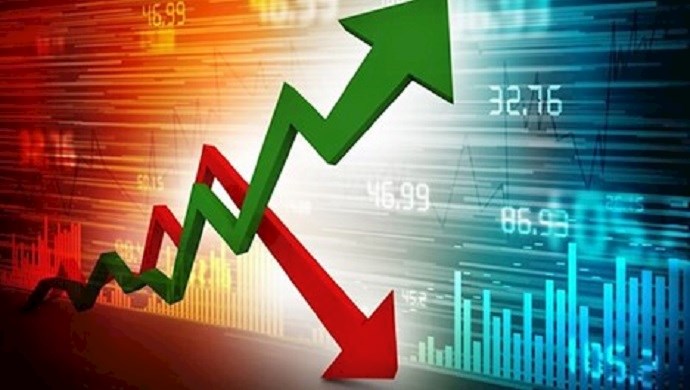Analysis by PMOI/MEK
Iran, November 1, 2020—The latest report by the government-run Statistical Center of Iran shows Iran has had the highest inflation rate in a decade in September, a 7-percent year-over-year increase.
In its report, published on Thursday, October 22, the SCI announced that the inflation rate of the 12-month period ending on October 21, which marks the end of the seventh Iranian calendar month of Mehr, stood at 27.2 percent.
"If we do not consider the monthly 7.05 percent inflation in October 2018, the monthly inflation recorded in the first month of autumn this year is the highest monthly inflation rate since the 2011. Also, the average prices in this October compared to the same month last year increased by more than 41 percent. Monthly inflation for ‘main food categories, beverages and tobacco’ and ‘non-food products and services’ were 5.7 percent and 7.6 percent, respectively," according to a report published by the semi-official ISNA news agency on October 26.
In study of Iran's macroeconomy, the role of defective and incompatible structures with other sectors is more fundamental and permanent. Impractical programs without scientific support have also added to the problems. The role of the regime’s officials and gangs, who are in full competition for the usurpation and theft of country's resources has become clear to everyone today.
Financial corruption cases even find their way into the proceedings of the judiciary branch, which is known for favoring regime officials and complicit in the regime’s crimes. Embezzlement and fraudulent sales and fake companies, billion-dollar bribes, defaulted million-dollar loans and finally, billions of dollars escaping the country that were supposed to import needed goods for people—these are all cases that are being discussed in the regime’s courts. But this is just the tip of the iceberg of Iran’s economic corruption.
As the regime grapples with international isolation, the FATF blacklist, falling oil prices and the mishandling of the Covid-19 mega-crisis, Iran now faces a rise in the price of currency, gold, car, housing and other commodity markets.
The state-run Eghtesad Online wrote on October 24: "In 2018, when prices started to rise, point-to-point inflation was about seven percent. But this year's rise in prices comes while, firstly, less than a year has passed from the previous price hike, which was one of the toughest in recent decades, and secondly, point-to-point inflation was still above 20 percent, which is very high. All of this shows how much pressure the inflation spike has put on families. As the slope of the downward changes in annual inflation decreased, it was warned that a new wave of inflation could happen. Economic policymakers, and specifically the Ministry of Economy, not only did not prevent the current crisis, but also increased inflation by adopting the wrong policies.”
The study shows signs of a rise in inflation were visible earlier this year. As a result, we notice an uncontrolled increase in the price of cars and basic goods such as oil. And the most impactful chance is the devaluation of the national currency, which has fueled the fire of inflation.
Inflation in many countries like Iran has been in the single digit circuit for many years.
“Pakistan's average inflation rate for the 12-month period ending in August decreased by 1.1 percent compared to the previous year and reached to 8.2 percent. This is the lowest inflation rate recorded in Pakistan since June last year. Inflation in Bahrain also fell from minus 2.7 percent in last month to minus 3.4 percent in August. This is the lowest rate since June 2019,” according to another report by Eghtesad Online, published on September 12.
More interestingly, in a small country like Armenia, which has been suffering from economic instability for years, inflation is below 2 percent. “Inflation in Armenia has risen from 1.5 percent in last month to 1.8 percent, the highest rate seen since June last year,” according to a September 13 report by the Khabar Online news agency.
Under the rule of this regime, where the national capital is spent on violent and destructive intervention in countries in the region, there is no economic solution to the crisis of inflation. The problem is the corrupt ruling system, for which the interests of people do not matter at all and everything is spent on maintaining the regime. This further highlights the reality that economic stability and an end to poverty and corruption will only be achieved when the ruling regime is overthrown. This is a reality that is resonating with an increasingly loud echo in the streets of Iran, as people from all walks of life regularly join protests and voice their desire for regime change.





